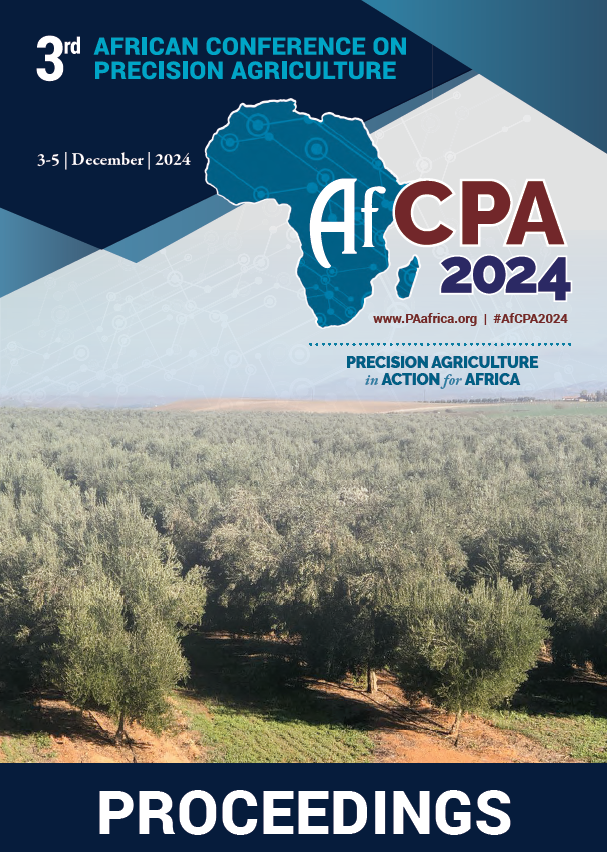Download the Conference Proceedings
Get your copy of the 2024 African Conference on Precision Agriculture Proceedings today! Download the PDF file and view all of the available proceedings.
Proceedings
Authors
| Filter results2 paper(s) found. |
|---|
1. Integrated Packages Incorporating Reduced Tillage, Residue Retention and Cropping System Influence Green Gram Growth and YieldReduced tillage, residue retention and intercropping are factors influencing how rain fed systems of cropping are productive as well as sustainable. Green gram as well as sorghum is the main crops grown by small-scale who have insufficient resources, and the produce is used for home consumption. A field experiment was conducted to evaluate green gram crop response to reduced tillage, residue retention and intercropping with sorghum in the dry-lands environments in Kenya. The aim of the study was... B.O. Orwa |
2. Policy Implications of the Adoption of Precision Agriculture in Nigeria... E. Oyedepo |
